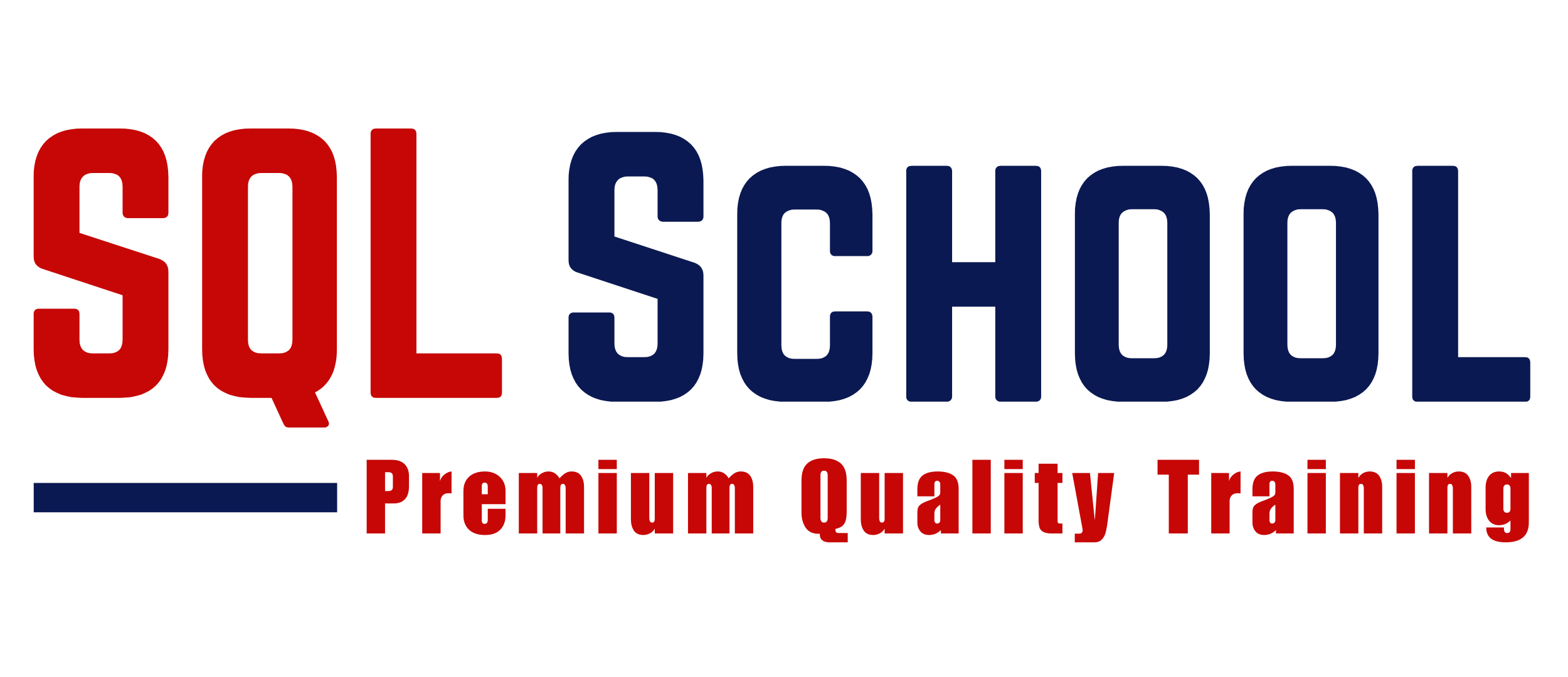Data Bricks
In today’s fast-paced digital landscape, data is the fuel, but how you process and use that data makes all the difference. That’s where Data Bricks comes in — a cloud-based powerhouse that’s revolutionizing how businesses handle data engineering, analytics, and machine learning. Whether you’re building a startup or scaling your enterprise, understanding Databricks could be your secret weapon.
Thank you for reading this post, don't forget to subscribe!Let’s break it all down — no fluff, just what you need to know to take action.
Benefits of using Databricks
So, why are top enterprises switching to Data Bricks? It’s not just a trend — it’s a shift in how smart businesses handle big data. Here’s what makes it powerful:
Unified data analytics platform that integrates engineering, data science, and BI
Auto-scaling clusters that adapt to your workload needs
Real-time analytics pipelines for faster, smarter decision-making
Support for collaborative data engineering with built-in notebooks
This means fewer tools, less mess, and more speed. You’re cutting down on delays and unlocking rapid insight from raw data.
Databricks vs Apache Spark
Here’s a common question: Isn’t Databricks just Apache Spark?
Not quite.
While Databricks is built on top of Apache Spark, it brings enhanced performance, security, and scalability. It automates cluster management, optimizes Spark SQL execution, and supports seamless collaboration. Think of Spark as the engine — and Databricks as the fully loaded car ready to race.
Key differences:
Databricks adds a user-friendly workspace with version control and notebooks
Includes managed Delta Lake for reliable, fast data lakes
Out-of-the-box integrations with Azure, AWS, and Google Cloud
Databricks architecture explained
To really appreciate Data Bricks, you need to understand what’s under the hood.
Core components include:
Workspace: A collaborative environment with built-in notebooks
Clusters: The compute power — scalable and optimized for big data processing
Jobs: Task scheduling and automation features
Delta Lake: A transactional storage layer to unify data lakes and warehouses
Databricks SQL: A modern SQL interface for analysts
This layered architecture ensures your data flows efficiently from storage to insights.
How to get started with Databricks
Don’t worry — you don’t need to be a cloud guru to get started.
Here’s a step-by-step approach for first-timers:
Choose your cloud: Databricks runs on Azure, AWS, and Google Cloud. Pick one based on your infrastructure.
Create a Databricks workspace: This is where all your work will happen.
Spin up your first cluster: It’s like starting the engine.
Create notebooks: Use Python, SQL, or R to write and execute code.
Load data into Delta Lake: Clean, store, and manage with ease.
Start analyzing: Use MLflow for machine learning or Power BI for visualization.
The learning curve is smooth, especially if you’ve used other cloud-based analytics tools before.
Databricks use cases in data science
Here’s where things get exciting. Data Bricks is transforming how data science projects are built and deployed.
Top use cases include:
Machine learning with Databricks using AutoML and MLflow
Fraud detection using massive streaming datasets
Real-time customer analytics for eCommerce
Predictive analytics in healthcare and finance
Collaborative development of data pipelines
Because everything’s unified in one platform, teams can go from idea to deployment without jumping tools.
Databricks integration with Azure and AWS
What makes Data Bricks even more accessible is its deep cloud integrations.
With Azure Databricks, you get native identity management, one-click cluster creation, and integration with services like Azure Data Factory, Synapse Analytics, and Power BI.
On AWS, it connects seamlessly with S3, Glue, Redshift, and Kinesis, giving you flexibility and speed.
In both cases, you’re getting the best of both worlds — robust cloud infrastructure with Databricks power.
Data Bricks isn’t just another cloud tool — it’s a game-changer for anyone serious about turning raw data into real growth. Whether you’re launching your first ML model, simplifying a data lakehouse strategy, or scaling up your ETL processes, Databricks delivers the speed, structure, and scalability you need.
“In a world where data moves fast, Databricks helps you move faster.”
So, don’t wait for the competition to get ahead. Fire up your first cluster, dive into a notebook, and start building. Because your next big breakthrough might just begin with a simple CREATE TABLE command — inside Databricks.
Ready to Master Azure Data Engineering and Launch a High-Paying Cloud Career?
Join SQL School – India’s most trusted platform for real-time Azure Data Engineering training!
✅ Learn Azure Data Factory, Synapse, Data Lake, and Databricks step-by-step
✅ Build end-to-end ETL pipelines with real-time projects and cloud labs
✅ Master data ingestion, transformation, orchestration, automation, and monitoring
✅ Perfect for freshers, developers, and IT professionals aiming for global roles
📞 Call now at +91 96666 40801 or visit 👉 SQL School for a FREE demo session!
SQL School – Your Real-Time Guide to Cloud-Based Data Engineering Success.
